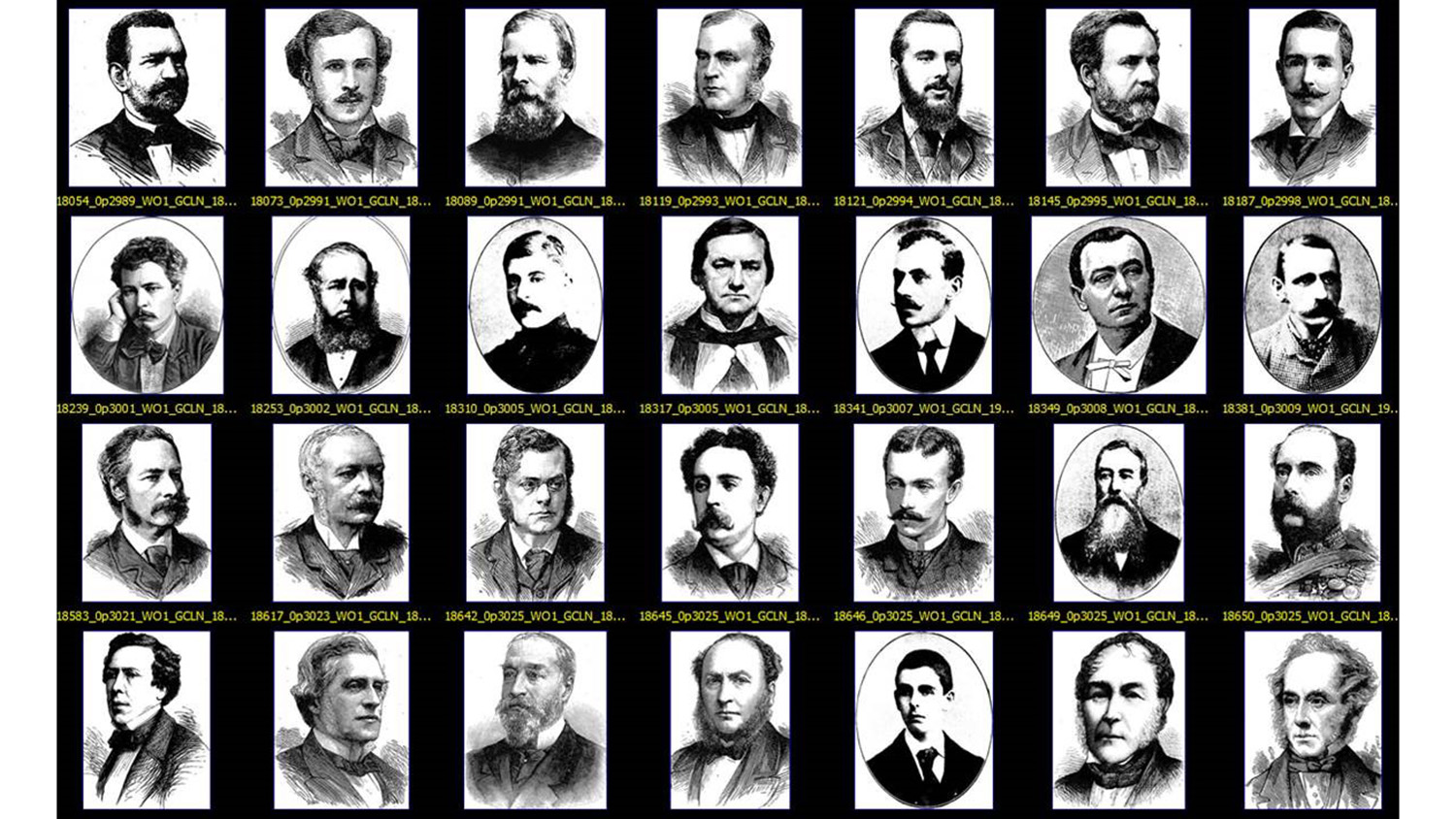The 19th century saw something of an explosion in periodicals. For example, the number of newspapers in Britain alone leapt from 550 in 1846 to more than 2,400 just 60 years later. For humanities scholars, tracking information in such a huge mass of publications poses a daunting challenge.
Digital humanities efforts have made some headway in creating tools that allow scholars to search across all of that text. But the challenge becomes significantly more complex when trying to make sense of the thousands of images also found in newspapers of the period.
This is where Paul Fyfe and Qian Ge come in. Fyfe is an associate professor of English at NC State, where Qian Ge is a Ph.D. student in electrical and computer engineering. Together, they have done some exploratory work on how computer vision might be used in the context of analyzing 19th century newspapers.
A paper describing their findings, “Image Analytics and the Nineteenth-Century Illustrated Newspaper,” was published in October in the Journal of Cultural Analytics.
We recently had the chance to pick Fyfe’s brain to learn more about what this unlikely duo learned while attempting to analyze more than 140,000 images from three period newspapers.
The Abstract: What research questions or challenges were you setting out to address with this project?
Paul Fyfe: Our first question was pretty simple: could you even use computer vision approaches to analyze these historical materials? As we discovered, many image analytics tools are intended for photographs. This makes sense, as digital images have proliferated. But the majority of our materials are not photographs. They are engravings made from carved lines and hatches. Can a computer recognize and sort this stuff? And if so, how?
